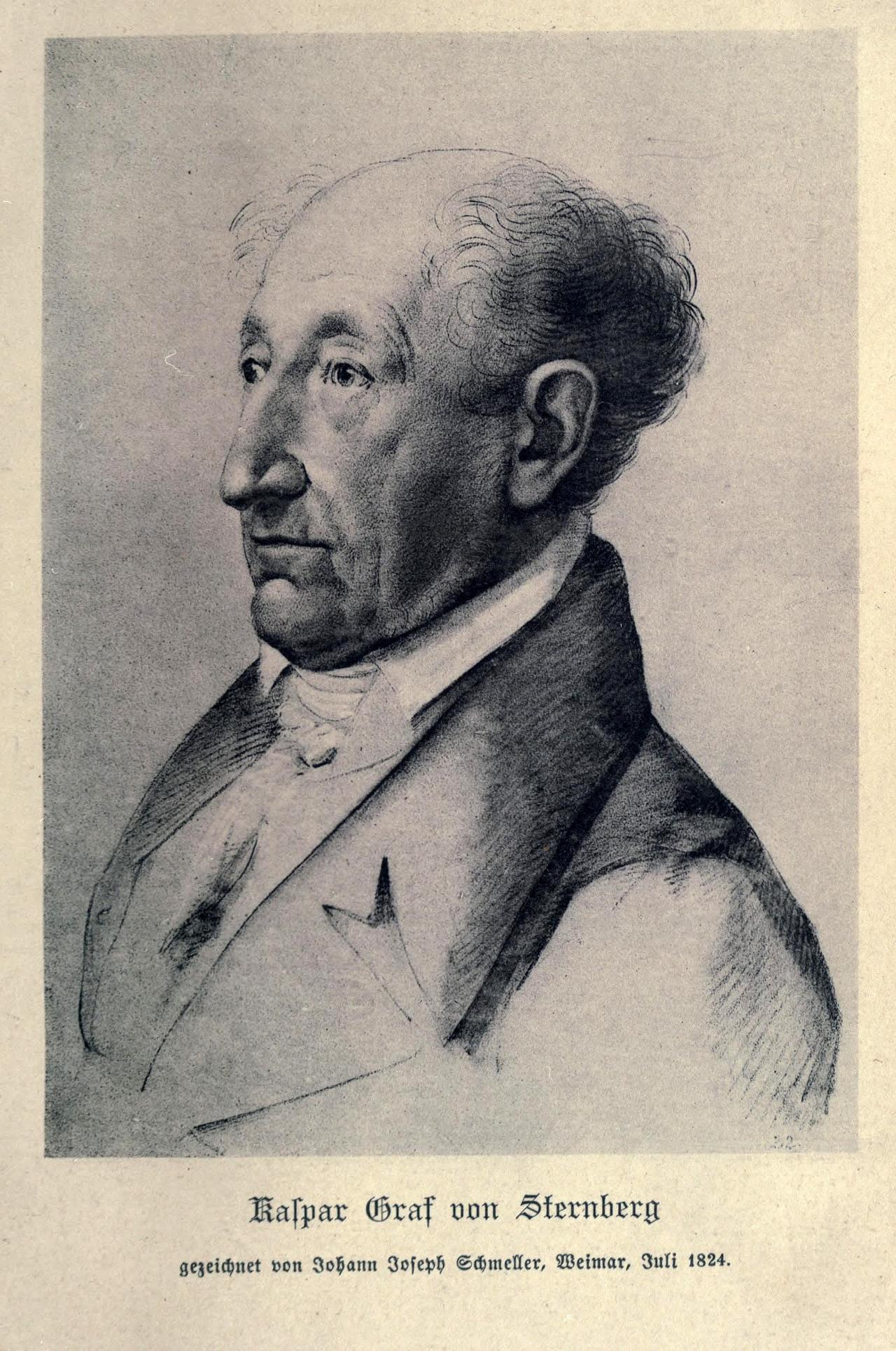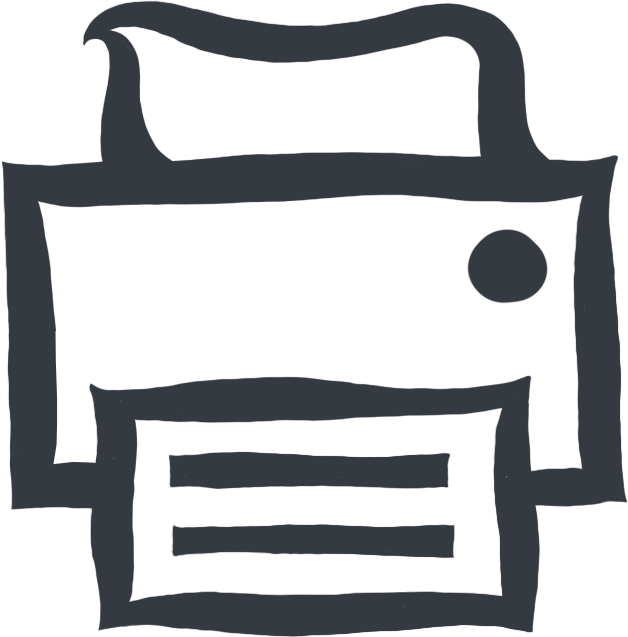back
Kaspar Sternberg
- 1761–1838
- Kaspar Sternberg was a prominent figure in European scientific life. His considerable support for natural science research in the Bohemian lands in the first half of the 19th century stemmed from a sense of provincial patriotism. Besides Sternberg’s interest in botany, geology, mineralogy and particularly palaeobotany, of which he is considered to be the founder, he also played a fundamental role in the establishment of the National (originally Patriotic) Museum in Prague.
- Count Kaspar Maria von Sternberg (1761–1838) was born in Prague on 6 January 1761. When he was still a child his brother Joachim got him interested in the natural sciences, particularly mineralogy, and chemistry, although at his parents’ behest he became a clergyman. After studying theology in Rome he worked as a canon in Regensburg. After the death of his brother Joachim in 1808 Kaspar Sternberg inherited his property near Plzeň and in 1810 returned to Bohemia for good and settled at Březina Chateau. That became the centre of his science research in Bohemia and also a place for the prominent natural scientists of the day to meet. Not long after moving to Bohemia Count Sternberg established a botanical garden in the park at Březina, which his brother had already started to landscape before his death. Sternberg drew on his experience from Řezno, although his garden there was devastated by the Napoleonic troops. In 1813 Sternberg became an honorary member of the Royal Bohemian Society of Sciences. He was the author of some 70 works, many of which are focused on the natural sciences. Besides his important botanical work on saxifrages, Revisio Saxifragarum iconibus illustrata, which was published in Regensburg in 1810, and other works on the subject of botany, Sternberg became famous for his extensive eight-volume publication on prehistoric flora, entitled Versuch einer geognostisch-botanischen Darstellung der Flora der Vorwelt (Attempt at a Geognostic and Botanical Description of Prehistoric Flora) in 1820–1838, which became the basis for further palaeobotanical research. From 1820 he also corresponded with Johann Wolfgang von Goethe about the fossilised plants that Sternberg found in his own coal mines at Radnice near Březina. From when they first met in 1822 until Goethe’s death in 1832 the two scholars were bonded by a deep friendship, which was mostly centred around studying the nature of Bohemia. In this respect it is worth mentioning their joint survey of Komorní hůrka (Kammerbühl in German). Inspired by the establishment of the oldest museum in Graz, Austria, in 1811 (the Joanneum) and convinced of the need for institutional support for science and culture in the Bohemian lands, in 1818 Count Sternberg and his friends succeeded in founding the National (originally Patriotic) Museum in Prague. Count Sternberg not only donated much of his library and botanical and mineralogical collections to the museum, but was also involved in all aspects of its development until 1838, when he died at Březina Chateau. Count Kaspar Maria von Sternberg is buried in the family tomb in Stupno.
- References
- Majer, J.: Kašpar Šternberk. Praha 1997.Schweizer, C.: Kaspar Sternberg (1761–1838) und das Vaterländische Museum in Prag als Ausgangspunkt wissenschaftlicher Netzwerke. In: Mensch, Wissenschaft, Magie. Mitteilungen der Österreichischen Gesellschaft für Wissenschaftsgeschichte, 24/2006, s. 95–109.Urzidil, J.: Goethe v Čechách. Příbram 2009, 398–413.
- LeO


